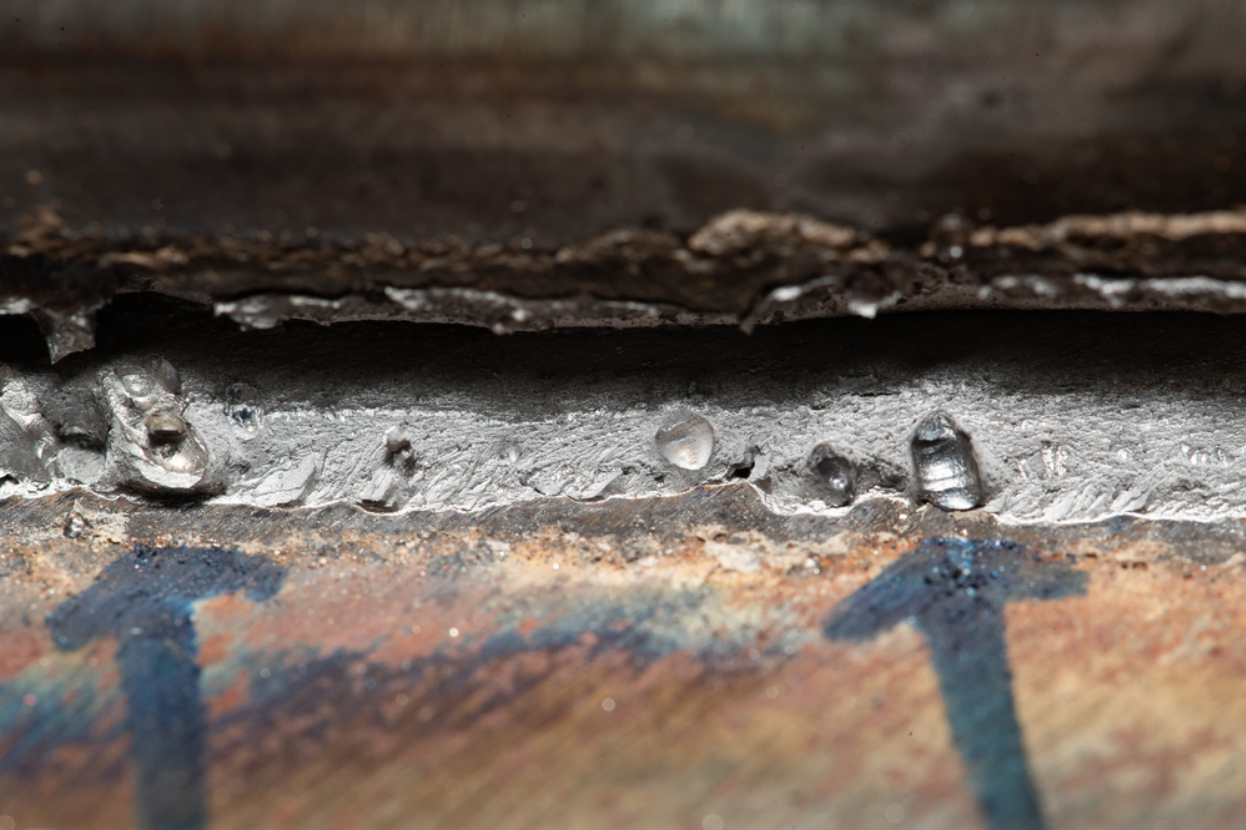Expert Methods for Preventing Weld Undercut Successfully
Expert Methods for Preventing Weld Undercut Successfully
Blog Article
Understanding the Art of Welding: How to Prevent Undercut Welding Issues for Flawless Fabrication Results
Efficiency and accuracy are paramount in the globe of welding, where also the tiniest imperfection can jeopardize the architectural integrity of a made item. One common difficulty that welders face is damaging, a defect that can damage a weld joint and lead to expensive rework. By comprehending the source of undercut welding and executing effective strategies to avoid it, welders can raise their craft to brand-new levels of quality (Preventing weld undercut). In the quest of remarkable fabrication results, mastering the art of welding to prevent undercut concerns is not simply an ability but a requirement for those making every effort for excellence in their job.
Recognizing Undercut Welding

To stop undercut welding, welders need to guarantee correct welding parameters, such as readjusting the current, voltage, travel speed, and preserving the proper electrode angle. Furthermore, making use of the appropriate welding method for the specific joint setup is essential. Utilizing weaving activities or backstepping techniques can assist ensure appropriate weld steel deposition and lower the likelihood of undercut formation. Normal evaluation of welds during and after the welding procedure is additionally crucial to catch any type of undercut early and make essential changes to avoid more flaws. Preventing weld undercut. By comprehending the reasons for undercut welding and applying precautionary actions, welders can accomplish top quality, structurally audio welds.
Causes of Undercut in Welding
Understanding the factors that add to damage in welding is vital for welders to create premium, structurally sound welds. Undercutting occurs when the weld steel does not correctly fill up the groove formed between the base steel and the previously deposited weld metal. A number of aspects can result in undercut in welding. One usual reason is extreme heat input. Welding at heats for extended durations can lead to the base metal thawing even more than desired, causing undercut. Inadequate welding current or wrong welding speed can likewise add to undercut. Inadequate current might not give adequate warm to melt the base and filler metals effectively, while excessive rate can protect against correct fusion, creating undercut. In addition, incorrect electrode angles or incorrect lantern manipulation methods can create areas of reduced weld steel deposition, advertising undercut. Understanding these causes and executing appropriate welding techniques can aid prevent undercutting concerns, guaranteeing solid and long lasting welds.
Techniques to Stop Undercutting

To minimize the risk of damaging in welding, welders can employ strategic welding techniques intended at boosting the top quality and integrity of the weld joints. One efficient approach is to readjust the welding parameters, such as my response voltage, present, and take a trip speed, to make sure appropriate heat input and deposition. Maintaining an ideal electrode angle and making certain constant traveling speed can likewise help prevent undercut. Furthermore, utilizing the right welding method for the certain joint setup, such as weave or stringer grains, can add to decreasing undercutting. Preventing weld undercut.
Using back-step welding methods and controlling the weld grain profile can also advice help distribute heat evenly and decrease the danger of undercut. Regular evaluation of the weld joint during and after welding, as well as applying high quality guarantee steps, can help in identifying and attending to damaging concerns promptly.
Significance of Correct Welding Criteria
Choosing and maintaining suitable welding criteria is crucial for attaining effective welds with marginal issues. Welding criteria describe variables such as voltage, existing, take a trip rate, electrode angle, and securing gas flow price that straight impact the welding procedure. These criteria must be meticulously changed based upon the kind of material being bonded, its thickness, and the welding technique utilized.
Appropriate welding parameters guarantee the correct amount of warm is related to thaw the base metals and filler product uniformly. If the criteria are set as well high, it can lead to extreme warmth input, creating spatter, burn-through, or distortion. On the other hand, if the specifications are too low, incomplete combination, absence of infiltration, or damaging may happen.
Quality Control in Welding Procedures

Conclusion
Finally, understanding the art of welding requires an extensive understanding of undercut welding, its causes, and strategies to stop it. By ensuring proper welding parameters and carrying out top quality assurance practices, perfect construction outcomes can be accomplished. It is important for welders to consistently make every effort for excellence in their welding procedures to stay clear of undercut problems and generate top notch welds.
Undercut welding, a common issue in welding processes, takes place when the weld steel doesn't effectively fill up the groove and leaves a groove or clinical depression along the welded joint.To protect against undercut welding, welders ought to ensure appropriate welding criteria, such as changing the find out here now existing, voltage, travel rate, and keeping the right electrode angle. Inadequate welding present or wrong welding speed can likewise add to undercut.To alleviate the threat of undercutting in welding, welders can utilize strategic welding methods aimed at improving the quality and honesty of the weld joints.In conclusion, understanding the art of welding needs an extensive understanding of undercut welding, its reasons, and strategies to prevent it.
Report this page